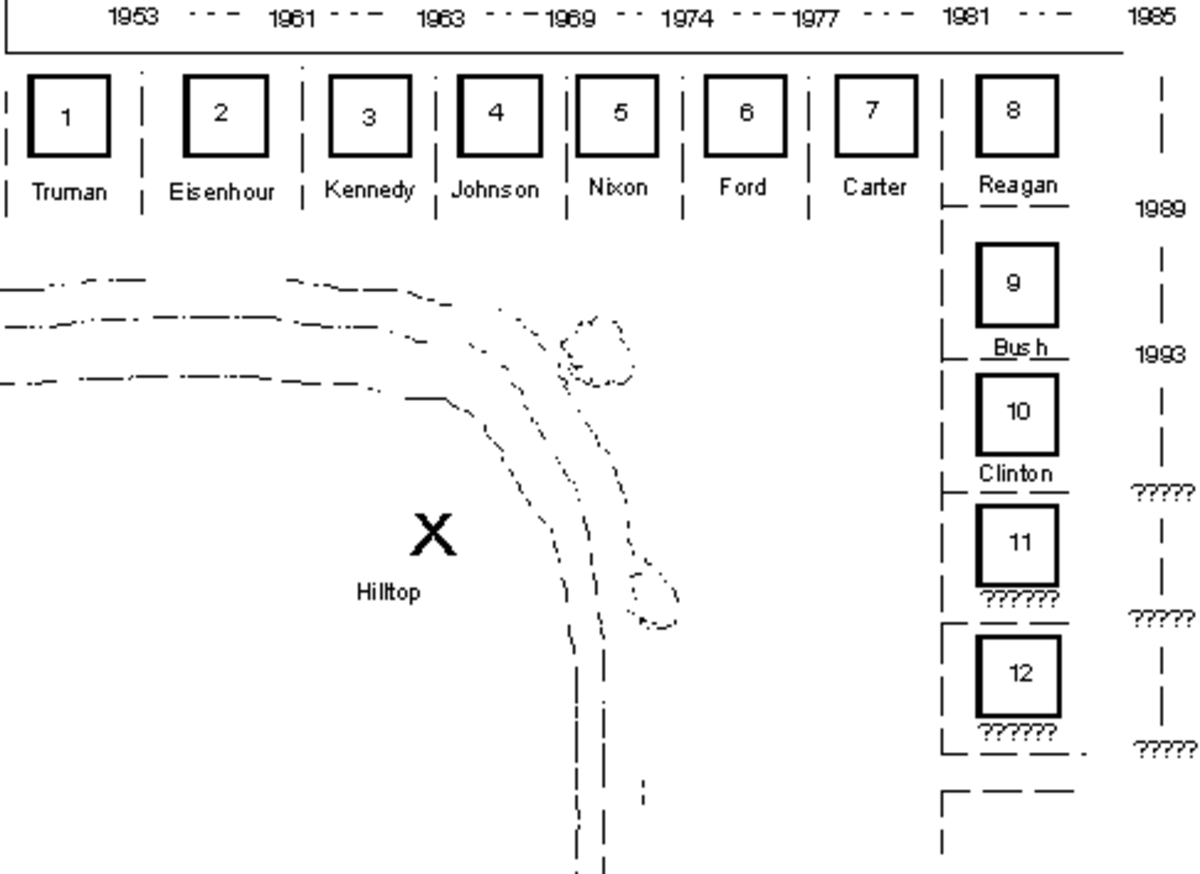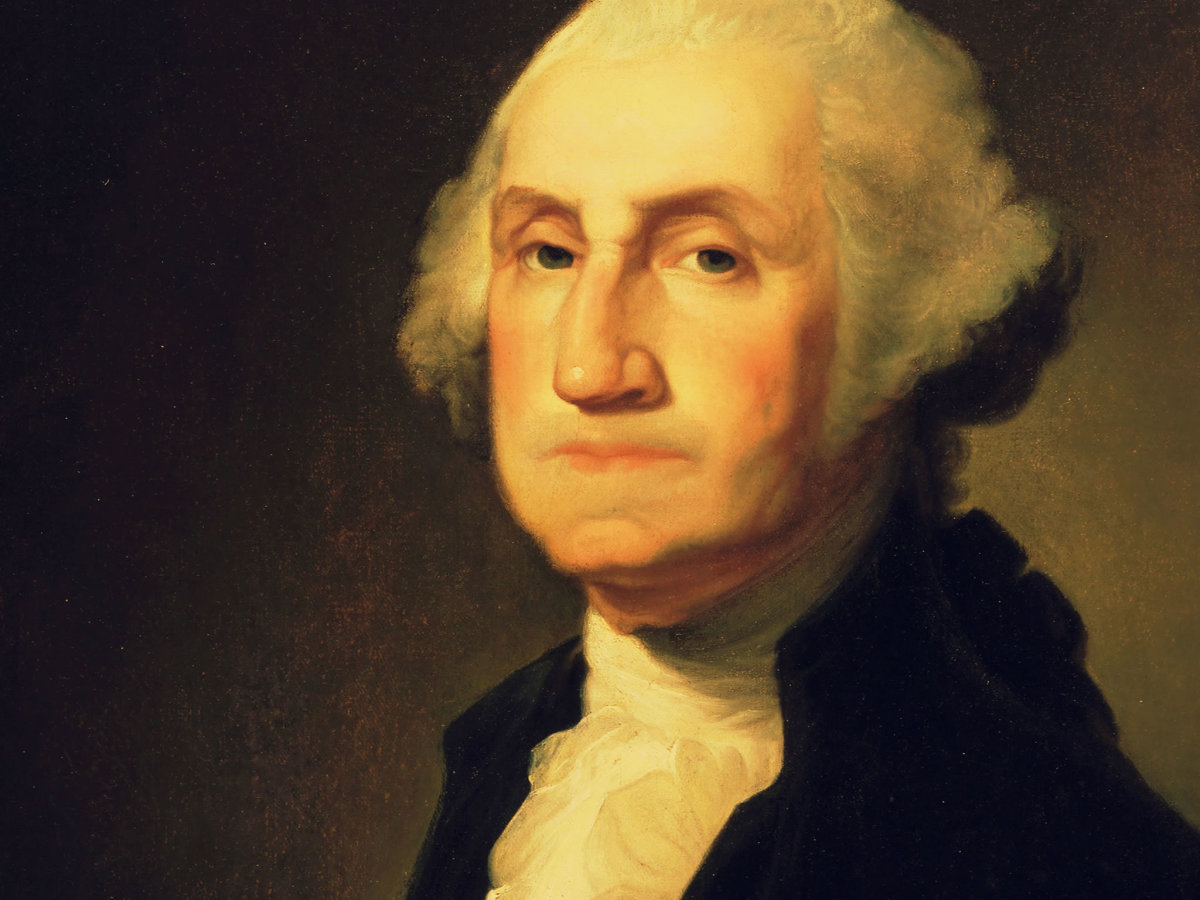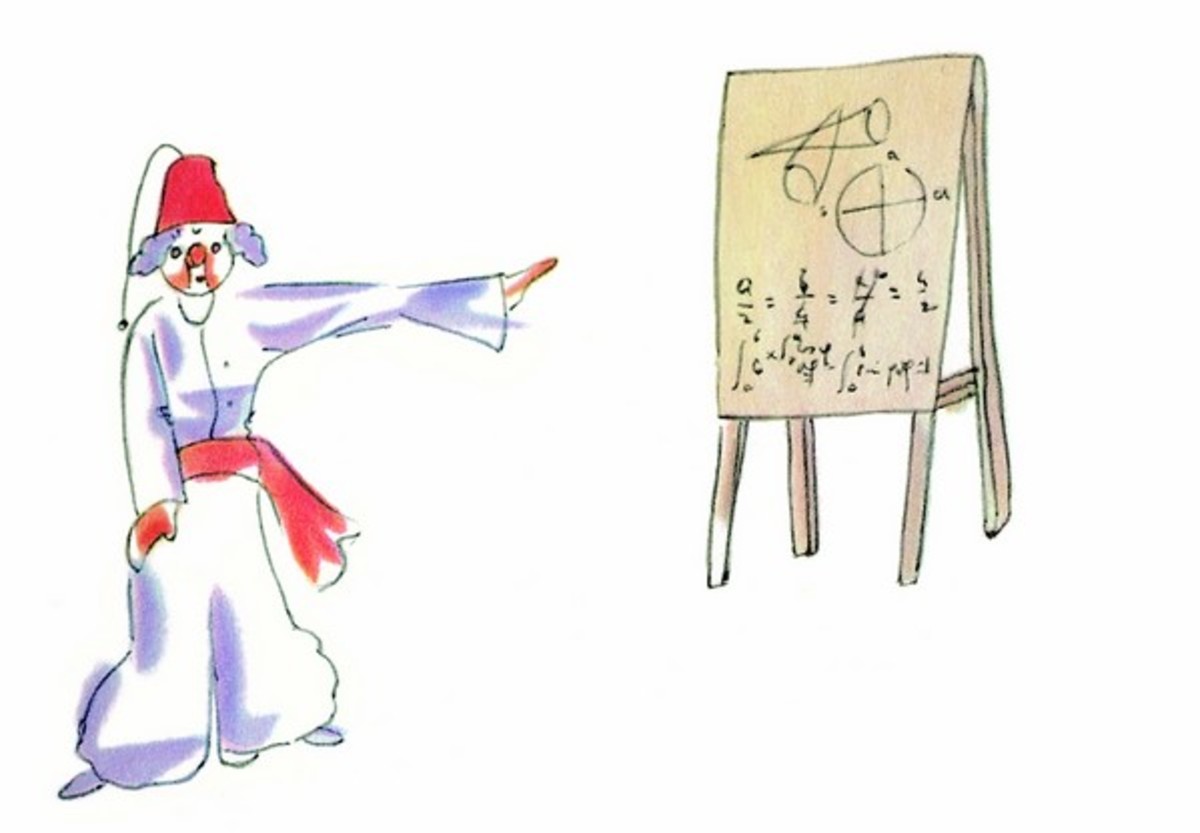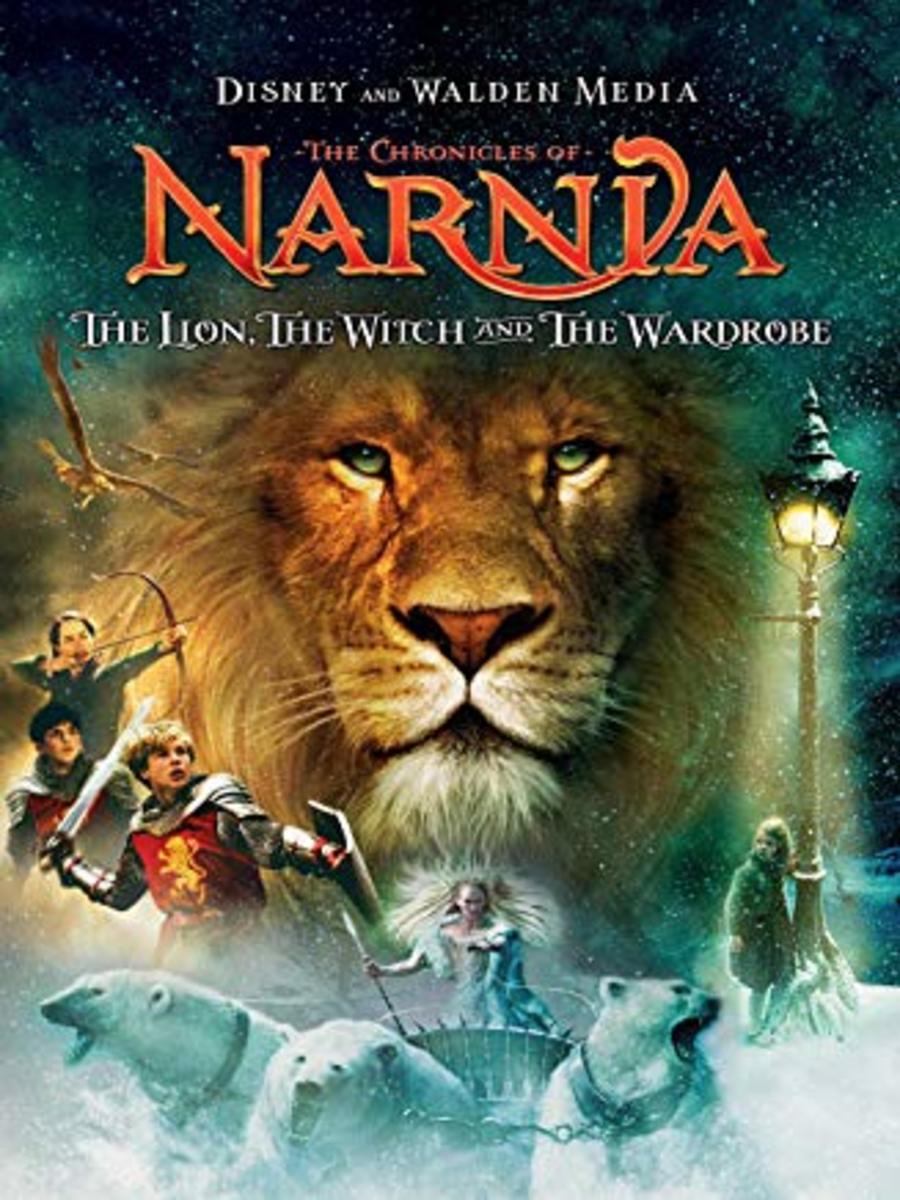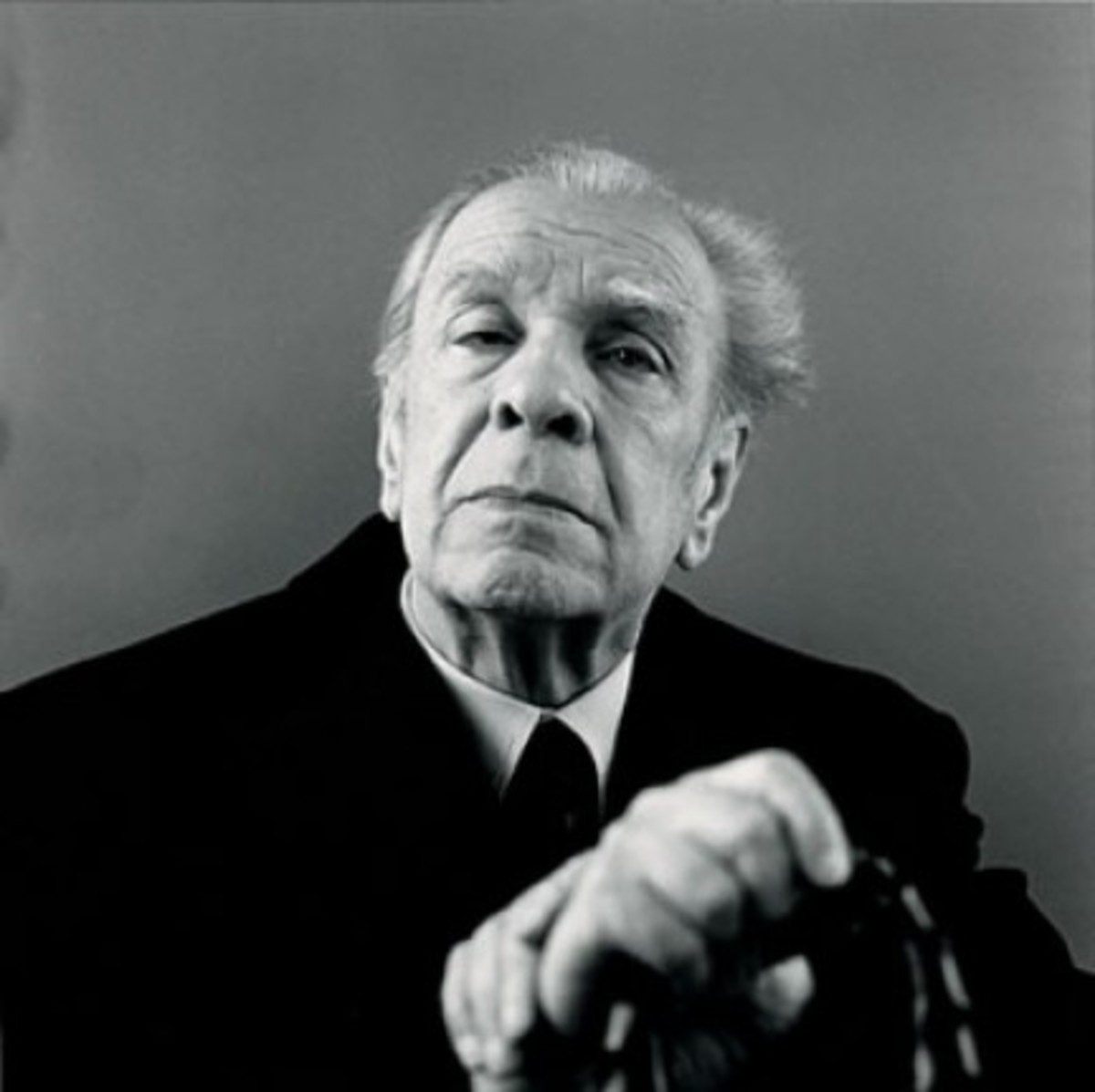- HubPages»
- Books, Literature, and Writing»
- Literature»
- Literary Criticism & Theory
The New Gilded Age in the 21st Century: An Informative Essay
The Gilded Age: A Tale of Today
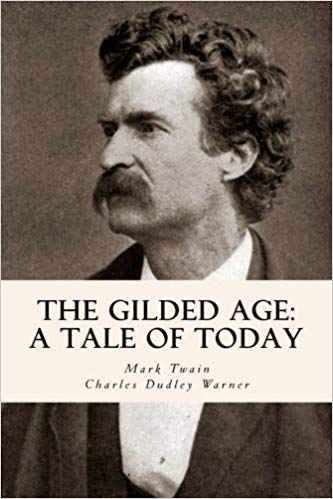
The New Gilded Age in the 21st Century
The Gilded Age is the quarter century between the end of the Reconstruction and Roosevelt’s presidency (Gould). Its name was taken from the novel The Gilded Age by Mark Twain and Charles Dudley Warner published in 1873. It was considered that the 21st century is the New Gilded Age of the United States (US). I assert that there is a possibility that the 21st century is the New Gilded Age, but the changes made for this century are distinct from this notable event in history.
The New Gilded Age and Its Beginning
To start off, Reconstruction was basically the period when the civil war ended and Lincoln was preparing to reintegrate the South into the Union (Putlack, 2013). It should be kept in mind that during this period, political changes and various attempts to unify the Union and Confederacy. Amendments to the Constitution were done to give Blacks rights although not all became favorable to them, social injustice and racial discrimination were still prevalent despite all efforts.
After this, industrialization and urbanization transpired which revolutionized the entire industry in the United States of America. America became an increasingly industrialized nation (Putlack, 2013). Steam locomotives, electric light bulbs, phonographs, and skyscrapers were invented to the advantage of the American people. These inventions made life easier and better not only in the comforts of the home but also in the industrialized areas. The invention of the steam locomotive and transcontinental railroad helped a lot in the improvement of industries and factories since the transportation system because easier.
Aside from that, rich capitalists and monopolies emerged during this period. Andrew Carnegie, the owner of the Carnegie Steel Company became a major personality in the business of steel. On the other hand, John Rockefeller also founded Standard Oil which turned out as a major business industry since he monopolized the supply. They were considered the superpowers in business. During that time, the government did not even pass laws to control its domination in the market. They just allowed them to be as rich as they can until the Sherman Antitrust Act of 1890 was passed forbidding monopolies to control and dominate the market in all types of industries.
Also, many people worked in factories and were treated poorly. These workers were primarily poor whites and former slaves. The working conditions were hazardous to their health and there were not enough benefits. With such a working situation, a union was born. One of the earliest unions was the American Federation of Labor which tried its best to protect the rights of workers (Putlack, 2013).
The Powerhouse which Pushed the New Age
During this time, the citizen specifically the white males were very active in the elections. The political parties were having tight competition they do not know who would win in the next elections. The political revolution favored the Republican party making them the majority party for a generation.
On the cultural aspect, literature blossomed during this period. Along with the changes, social movements steered as the Southerners continue to practice racism in their own ways. Many people who were against slavery did their best to amend laws and rules to favor African Americans. Writers like Horatio Alger who was known for his novels about young capitalists, the novels and poems of Emily Dickinson, Mark Twain’s works, William Dean Howells’ pieces, and Henry James’ works have proven that the US gained height in the literary aspect during this period. These writers have left immortal marks that even today; they are still studied in universities and schools.
It was also mentioned that citizens’ lives were dominated by religion (Gould). The concept of Darwin The Theory of Evolution was challenged while most belief systems and faith seemed to have fervor. Many of the major religions made great movements in order to engage the citizens.
The Modern Day America
Now, America faces various transformations in political, cultural, social, and economic aspects. A lot of changes have occurred in the 21st century and the impact ripples down to other countries. Major changes occurred no wonder it was a New Gilded Age.
It is no surprise that during the term of Bush, the United States experienced an economic recession which has impacted many industries. Aside from that, the economic power of the States declined which caused a major scale not only in America but also globally. It was said that the Gilded Age was recreated since, during that time, there was what they called the Panic of 1873 and the Panic of 1893. These were created by the capitalists by telling lies about their business activities and claiming that their businesses are going down (Loomis, 2012). This created massive unemployment and has affected the economy of the United States.
America also experienced this type of scare as well as recession primarily because of the financial industry that was poorly regulated along with the scare that the capitalists were said to have created. It was even rumored that it may just be a made-up story to scare people and lead to making choices that will benefit those in control of the market.
Political transformations also occurred. The unexpected happened when Barrack Obama became the president. This is considered a major political transformation since he is the first African American to become the president of the United States. Aside from this, America was involved with various conflicts and supports in various countries all over the world.
Socially speaking, the social gap in the United States has become wider than just how it was during the Gilded Age. It should be noted that before, individuals were potential Andrew Carnegie and John Rockefeller, and Americans who were wealthy celebrated it very well (Cohen, 2010). Those who were rich became really rich and celebrated it while those who were on the lower strata of society became poorer than ever. Although this issue is undying, the social gap has increased in the 21st century. The poor people became more of machines of the rich for their full benefit.
The capitalists also rose to power with the onset of advanced technology. Apple has reached its certain peak in the 21st century as its products were not only used in the United States but all over the world. This multinational corporation in California can be considered one of the richest due to its massive global market. It also employs several factory workers who, of course, belong to the lower class. This is almost like the cases of Carnegie and Rockefeller who reached the peak of their success. Apple is just one of the major companies in America.
Conclusion
If assessed in all aspects, it can really be considered that the 21st century is the New Gilded Age of the United States of America due to its major changes in economy, politics, society, as well as with culture. General transformations, ups, and downs in the economy, and dominance of the capitalists were prevalent in this century, no wonder, it is indeed comparable to that of the Gilded Age. However, it should also be kept in mind that no matter how similar the patterns of the Gilded Age are to what is transpiring at the moment, they would never be exactly different. Hence, history does not exactly repeat itself. There are traces but not exact repetitions.
References
Cohen, D. (2010). “America’s New Gilded Age.” www.declineoftheempire.com. Retrieved October 28, 2014, from http://www.declineoftheempire.com/2010/10/americas-new-gilded-age.html
Dionne, E. J. (2012). “The Gilded Age vs. The 21st Century.” www.realclearpolitics.com. Retrieved October 28, 2014, from http://www.realclearpolitics.com/articles/2012/11/05/the_gilded_age_vs_the_21st_century_116041.html
"Gilded Age." Dictionary of American History. 2003. Retrieved October 28, 2014, from Encyclopedia.com: http://www.encyclopedia.com/doc/1G2-3401801716.html
Gould, E. (n.p.). The Gilded Age. http://library.uvm.edu/
Loomis, Erik. (2012). “8 Ways America’s Headed Back to the Robber-Baron Era. www.AlterNet.org. N.p. Web. Retrieved from: <http://www.alternet.org/story/156111/8_ways_america's_headed_back_to_the_robber-baron_era>
Putlack, M. (2013). American School Textbook Core 2.Seoul: Key Publications.

